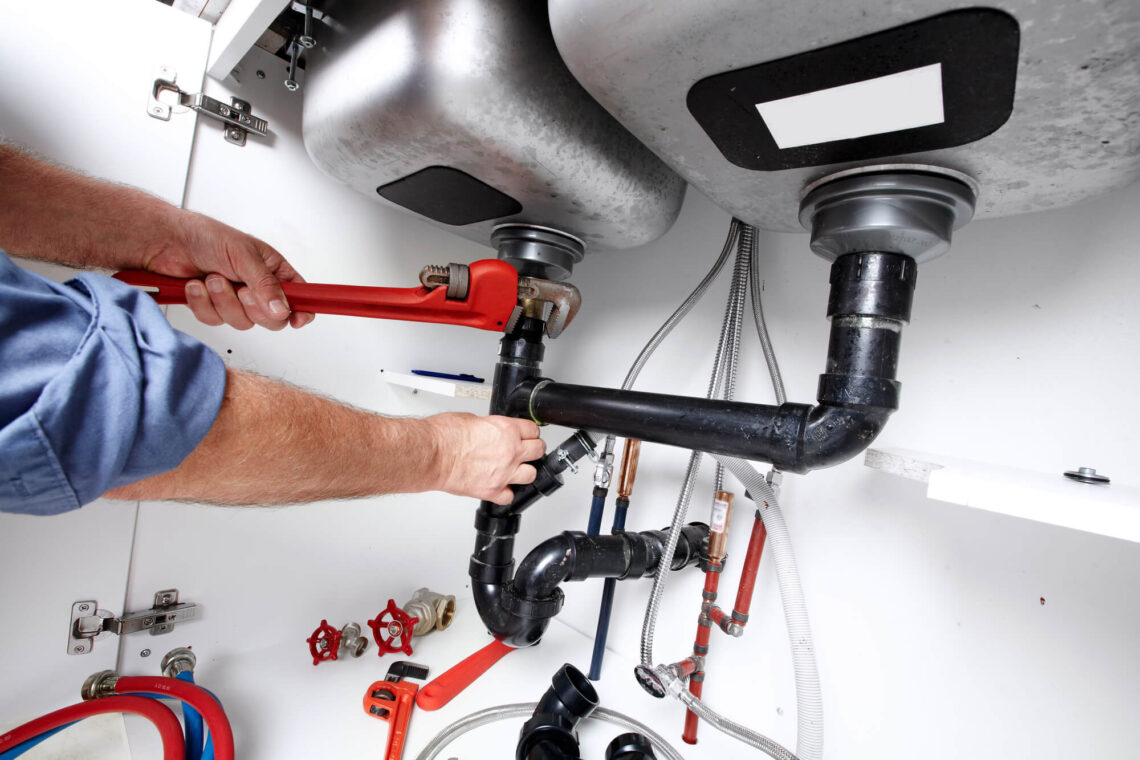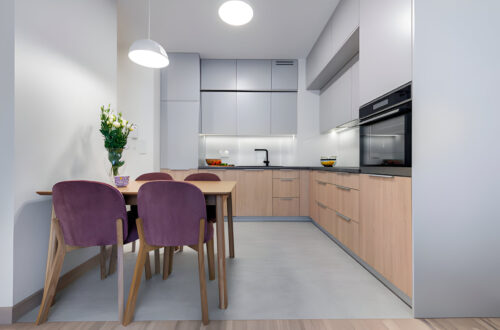Remodeling a bathroom can be an exciting and transformative project. It’s an opportunity to create a space that reflects your style, enhances functionality, and increases your home’s value. One of the most critical aspects of this renovation involves plumbing. Whether you’re planning to install new fixtures, relocate existing ones, or make substantial changes to the layout, understanding the plumbing installation process is essential. In this blog, we’ll explore everything you need to know about plumbing company installation during a bathroom remodel.
Why Plumbing Matters in Bathroom Remodeling
Plumbing is the backbone of any bathroom. It ensures that water flows smoothly to your fixtures and drains away efficiently. Here are a few reasons why plumbing is vital in a bathroom remodel:
- Functionality: Proper plumbing installation guarantees that all fixtures, such as sinks, toilets, and showers, work seamlessly together.
- Water Efficiency: Modern plumbing fixtures are designed to be water-efficient, helping you save on water bills while reducing your environmental footprint.
- Code Compliance: Bathrooms must adhere to local plumbing codes. Installing plumbing correctly ensures that your remodel is compliant and safe.
Understanding the significance of plumbing in your bathroom remodel can help you make informed decisions throughout the project.
Planning Your Bathroom Remodel
Before diving into the plumbing installation, proper planning is essential. Here are some steps to consider:
Assess Your Needs
Determine what you want from your remodeled bathroom. Consider the following:
- Fixtures: Will you be installing a new sink, shower, or toilet? Do you want a double sink or a freestanding tub?
- Layout: Are you changing the layout? Relocating fixtures may require additional plumbing work.
- Storage and Lighting: Think about how you’ll use the space and what features will enhance functionality.
Set a Budget
Create a budget that covers all aspects of the remodel, including plumbing. Be sure to account for:
- Materials: Choose high-quality fixtures and materials that fit your style and budget.
- Labor Costs: If you plan to hire professionals, include labor costs in your budget.
- Unexpected Expenses: Always set aside a portion of your budget for unexpected issues that may arise during the remodel.
Research Local Codes
Check local building codes regarding plumbing installations. Understanding these regulations will help you avoid costly mistakes and ensure compliance.
Common Plumbing Installations in a Bathroom Remodel
When remodeling your bathroom, several plumbing installations may be necessary. Here are some common tasks:
Replacing Fixtures
If you’re simply replacing old fixtures, the plumbing work will typically involve:
- Removing Old Fixtures: This may include disconnecting pipes and removing the existing toilet, sink, or shower.
- Installing New Fixtures: The new fixtures will be connected to the existing plumbing system. This process usually requires sealing connections to prevent leaks.
Installing New Plumbing Lines
If you’re changing the layout of your bathroom or adding new fixtures, new emergency plumbing services lines may need to be installed. This can involve:
- Running New Pipes: New water supply lines may need to be run to accommodate relocated sinks, showers, or toilets.
- Drainage: Ensuring proper drainage is crucial. This might involve installing new drain lines that align with your new fixtures.
Upgrading to Water-Efficient Fixtures
Modern fixtures are designed to use less water while maintaining performance. When upgrading, consider:
- Low-Flow Toilets: These use significantly less water than traditional models, saving you money on your water bill.
- Water-Saving Showerheads: Look for showerheads that provide a strong spray while using less water.
Installing a Shower or Tub
If you’re adding or replacing a shower or tub, the plumbing work will involve:
- Water Supply Lines: Connecting hot and cold water lines to the new fixture.
- Drainage: Ensuring that the drain is properly positioned and connected to the home’s drainage system.
Hiring a Professional vs. DIY
Deciding whether to hire a professional plumber or tackle the plumbing work yourself can be a significant choice. Here are some considerations for each option:
Hiring a Professional
- Expertise: Licensed plumbers have the training and experience to handle complex plumbing systems, ensuring that everything is installed correctly.
- Time-Saving: Professionals can complete the work more quickly, allowing you to enjoy your newly remodeled bathroom sooner.
- Code Compliance: A licensed plumber will ensure that all installations meet local codes, reducing the risk of fines or necessary corrections later.
DIY Approach
- Cost Savings: Doing the work yourself can save you money on labor costs.
- Personal Satisfaction: Completing the work yourself can be rewarding and give you a sense of accomplishment.
- Basic Tasks: If you’re comfortable with simple plumbing tasks like replacing a sink or faucet, you can manage these without professional help.
However, for more complicated tasks, such as rerouting pipes or major installations, it’s usually best to hire a professional.
Key Considerations During Installation
As you proceed with the plumbing installation, keep the following considerations in mind:
Access to Plumbing
Ensure that plumbing lines are accessible. If you’re working with walls or floors, plan ahead so that future repairs or inspections are easier.
Water Pressure and Flow Rate
Before installing new fixtures, check the water pressure and flow rate. Make sure your plumbing system can handle the demands of your new fixtures.
Proper Sealing
Use the correct sealants and fittings to prevent leaks. Double-check all connections to ensure they are tight and properly sealed.
Test for Leaks
Once the installation is complete, turn on the water supply and check for leaks. Run all fixtures to ensure they function properly and that there are no drips or water pooling.
Maintaining Your Bathroom Plumbing
Once your bathroom remodel is complete, regular maintenance will help keep your plumbing in top shape. Here are some tips:
Inspect for Leaks Regularly
Check for any signs of leaks around your fixtures and pipes. Early detection can prevent more significant issues down the line.
Clear Clogs Promptly
If you notice slow drains, address the issue immediately to prevent clogs from developing. Use a plunger or drain snake for minor blockages.
Flush Your Toilet
Flushing your toilet regularly can help keep the components functioning correctly. If you notice any issues, such as running water, address them promptly.
Maintain Fixtures
Clean your fixtures regularly to prevent buildup and staining. This can prolong their lifespan and keep your bathroom looking fresh.
Conclusion
Installing plumbing during a bathroom remodel is a crucial aspect that requires careful planning and execution. Whether you’re replacing fixtures, installing new plumbing lines, or upgrading to water-efficient options, understanding the plumbing installation process is essential.
Decide whether you’ll hire a professional or take a DIY approach based on your skills and the complexity of the tasks involved. With the right planning, tools, and knowledge, you can create a functional and beautiful bathroom that meets your needs for years to come.
By prioritizing proper plumbing installation during your remodel, you’ll ensure a comfortable, efficient, and stylish bathroom that enhances your home’s value and your daily life. Enjoy your renovation journey, and look forward to your dream bathroom!





